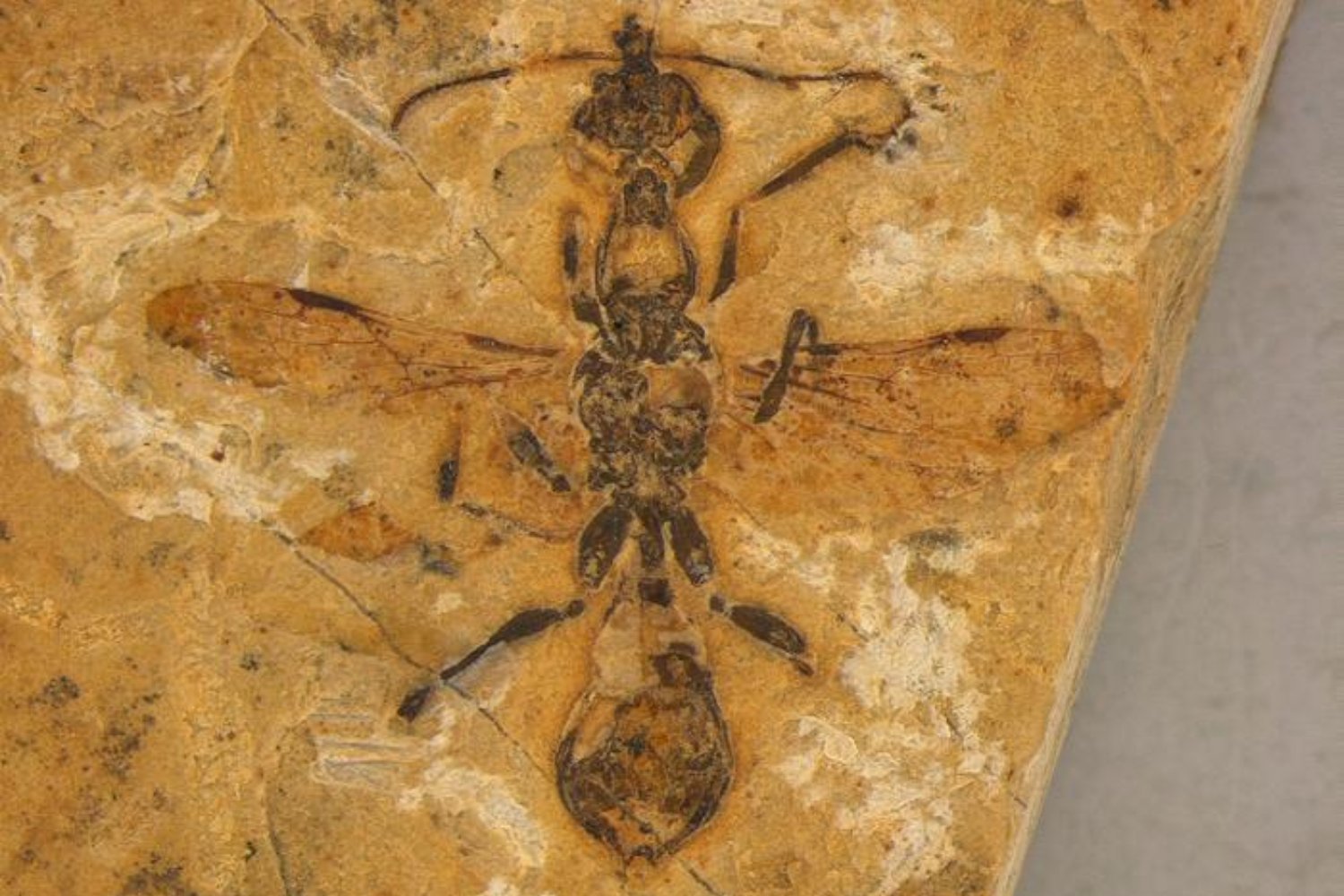When considering predators, it’s likely that images of large animals with sharp claws or teeth come to mind, such as tigers or sharks. However, over 100 million years ago, a tiny yet extremely formidable predator existed, impaling its prey with scythe-like jaws.
Researchers in Brazil, while examining a vast collection of fossilized insects at the University of São Paulo’s Museum of Zoology, discovered that a 113-million-year-old fossil represents a new species of ant, potentially the oldest known ant specimen. This fossilized ant, named Vulcanidris cratensis, belongs to the extinct ant subfamily Haidomyrmecinae, colloquially referred to as “hell ants” due to their vicious and highly specialized jaws. These “hell ants” lived during the Cretaceous period, spanning from 145 million to 66 million years ago.
Anderson Lepeco, a researcher at the Museum of Zoology, University of São Paulo, stated in a Cell Press statement, “Our team has identified a new fossil ant species, which represents the earliest indisputable geological record of ants. What makes this discovery particularly notable is that it belongs to the extinct ‘hell ant,’ known for its extraordinary predatory adaptations.”
Lepeco co-authored a study published in the journal Current Biology, detailing the discovery. The researchers utilized a 3D imaging technique called micro-computed tomography to study the hell ant, preserved in limestone, which reveals the object’s internal structure. According to their analysis, the ant possessed impressive mandibles (mouth parts) that protruded forward, parallel to the head’s shape in front of the eyes, likely used to pin down prey. In contrast, modern ants’ mandibles move sideways.

Lepeco explained, “Discovering such an anatomically specialized ant from 113 million years ago challenges our assumptions about the speed at which these insects developed complex adaptations. The intricate morphology suggests that even the earliest ants had already evolved sophisticated predatory strategies significantly different from their modern counterparts.”
Furthermore, the researchers concluded that the specimen was closely related to other previously discovered hell ant species preserved in amber in Myanmar. Since the Vulcanidris cratensis originated from the Crato Formation, a fossil hotspot in northeastern Brazil, this suggests that by 113 million years ago, Haidomyrmecinae ants had already spread globally.
Lepeco added, “When I encountered this extraordinary specimen, we immediately recognized its significance, not only as a new species but as potentially the definitive evidence of ants in the Crato Formation. This finding highlights the importance of thorough examination of existing collections, whether private or in museums, and brings attention to Brazilian paleontology and the underexplored fossil insect fauna of the country.”
The study ultimately reveals that ants had already diversified and expanded across the world 113 million years ago, shedding light on the evolution of one of the most successful insects on the planet.
Source Link





